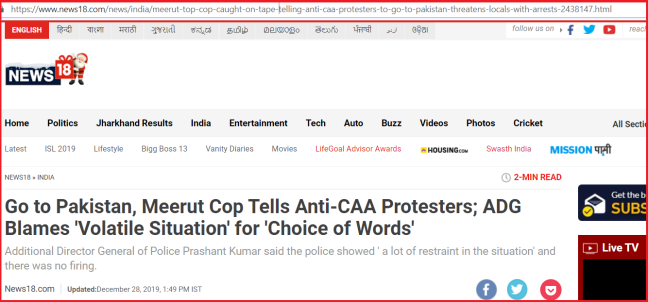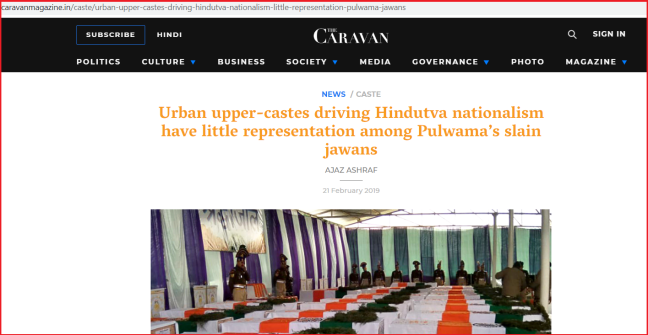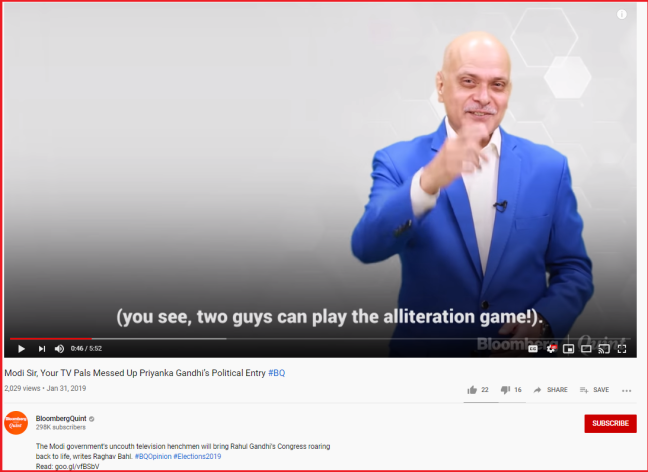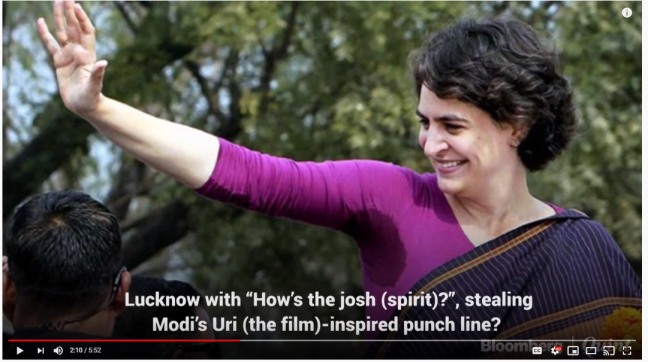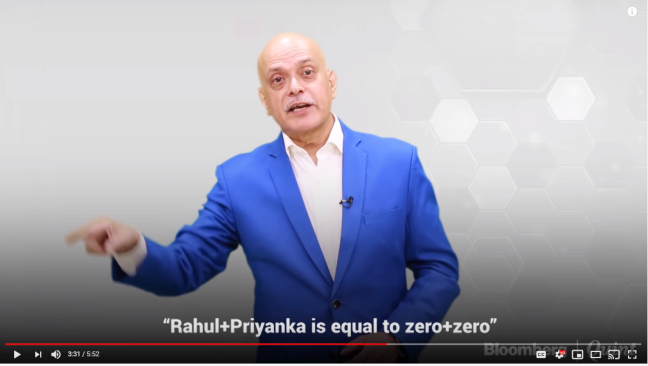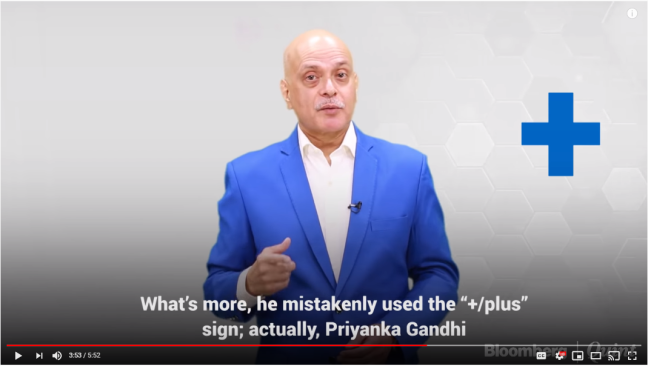India is the world’s largest democracy. For almost seventy years now, the Republic of India has operated under the same constitution, with peaceful transitions of power and democratic elections. In doing so, India’s constitution and democracy significantly predates several prominent European nations, such as France, Spain, Portugal and Poland.
Beyond elections, India also built the socio-legal infrastructure around democracy long before several Western countries got their act together. Indians have enjoyed universal adult franchise, equality under the law and non-discrimination in public spaces since 1950. In contrast, the United States was reeling under government mandated racial discrimination in schools until 1954, in public spaces until 1965 and interracial marriage was illegal in many American states until 1967.
By all objective standards, this makes India a pioneer among democracies. Today, as the world’s largest democracy prepares to take its place among the world’s five largest economies, the free world has occasion to celebrate.
Yet, why is the free world looking at India with a jaundiced eye? Why are they pointing fingers, trying to bracket us with Iran, China, Turkey, North Korea and other enemies of freedom? Why do they reject the assertion of our sovereignty and civilizational identity?
When India intervened to rescue Bangladeshis in 1971, the free world was not kind to us. When India declared itself a nuclear power in 1998, we were hit with crippling sanctions. Today when India is offering asylum to the marginalized Hindus and Sikhs who fled from Pakistan and Bangladesh, we are being hit with the worst of Nazi comparisons.
From an Indian point of view, it begins to look like the rest of the free world does not want us. Or at the very least, they resent our existence and identity. They are making an enemy out of us.
This savage attack on India is being spearheaded by a handful of internationally known media outlets. These are media outlets which have sympathetic headlines for the chief terrorist of ISIS but not the democratically elected Prime Minister of India.
The anti-India sentiment has been driven so far by a vicious misinformation campaign. So much so that commonplace and common sense decisions by the Indian government have been shown as sinister violations of human rights. Take the Citizenship Amendment Act, which provides targeted relief to six persecuted religious minorities from three countries that share borders with India.
These three countries happen to be both Muslim majority and officially Islamic countries, which is why Muslims don’t make it to the list of persecuted minorities. It’s as simple as that.
Similar provisions would likely be found in the laws of almost every other democratic country. Making a common sense list of religious groups based on demographics and geography as a matter of administrative convenience has rarely been seen as impinging on freedom of religion. For example, every German state draws up a list of specific religions which receive state benefits, while others get left out. Belgium has a very similar structure for state support to religions. Incidentally, while Islam receives state support in Belgium, Hinduism does not. Does this make modern Belgium a Nazi like state?
And yet, an innocent act of justice by the Indian government has been twisted and portrayed as a crime of monstrous proportions. One can only blame ignorance and a certain lack of willingness to learn about India. And also age old suspicions and prejudices against Hindus. And shall we say, something uncomfortably similar to old school racism…
Why are we entering this mindless conflict when India and the rest of the free world face the same enemies both on the external and the internal front? The people who attacked the United States on 9/11 thought exactly like those who attacked us on 26/11. And these people have been collaborating for a long time.
The British have their John Corbyn, who went to lay a wreath on the graves of terrorists who plotted the massacre of Israeli athletes at the Munich Olympics. We in India have those who glorify the memory of Yakub Memon, one of the terrorists behind the Mumbai serial blasts of 1993 that killed 257 people. These groups are coordinating as well, borrowing each other’s rhetoric.
After the Paris attacks of 2015, the French Government moved to close dozens of radical mosques. As part of a larger move against Islamic fundamentalism, European countries such as Austria, Belgium, Denmark, France and Latvia have banned the burqa. Countries such as Germany, Italy and Spain have all moved to restrict hijabs or face veils under various circumstances.
Why then are India’s moves to counter radical Islamism being seen with suspicion?
It is for the West to understand that making an enemy out of Indians helps no one, least of all themselves. India’s rise on the world stage is irreversible. At the same time, the average Indian feels no hostility towards the West. All they want in return is friendship and respect.
Rarely has the world been at a point where morality and practicality converge so effortlessly. Why then is the rest of the free world refusing to do the right thing?
Happy New Year folks!


